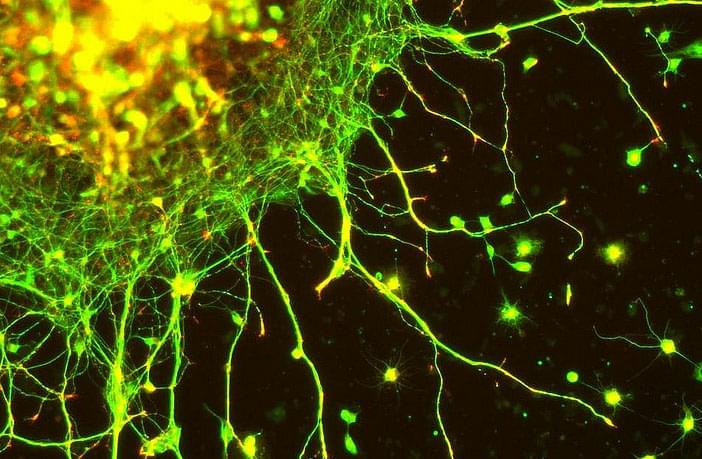To assess whether a compound holds promise for treating a disease, researchers usually begin by studying its use in animals. This allows us to see if the compound has a chance of curing the disease.
Animal models, however, rarely reproduce all aspects of a disease. The alternative is to represent the disease in cell cultures. While at first glance, Petri dishes look quite different from a person with a disease, the reality could be quite different when you look at them more closely.
Alzheimer’s has been cured more than 400 times in laboratories. How then can we still consider Alzheimer’s to be incurable? The reason is that it has only been cured in animals.
